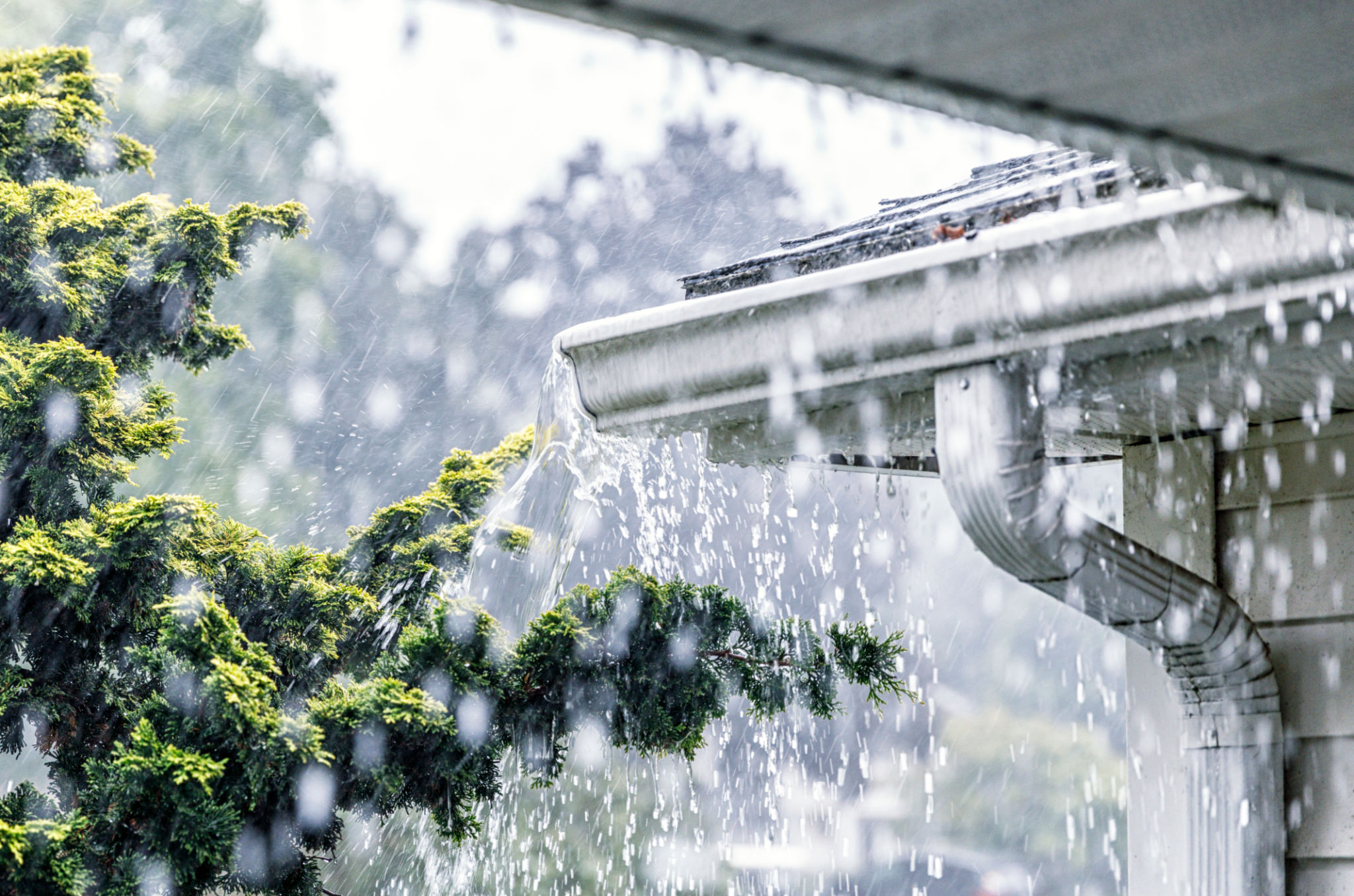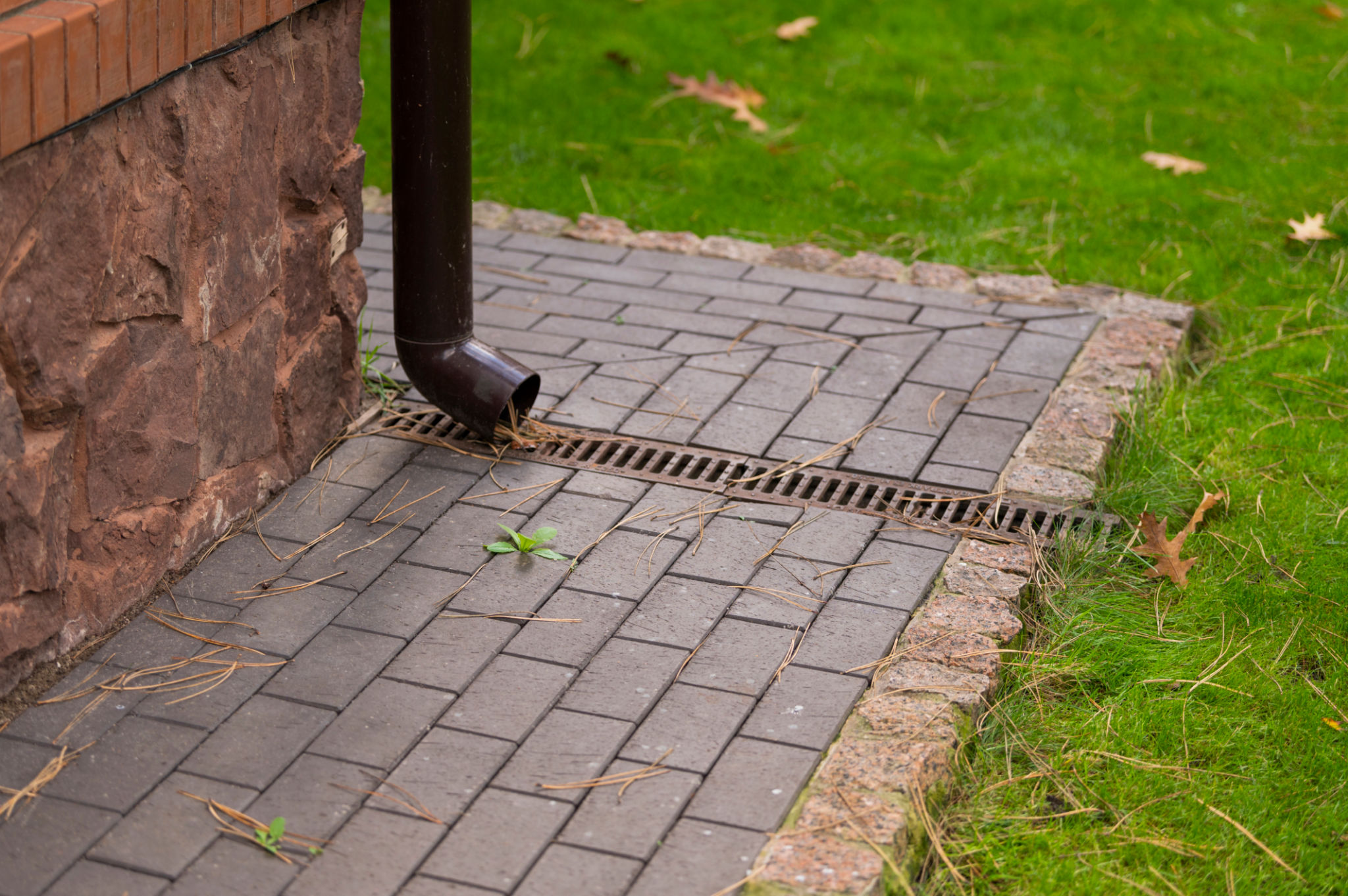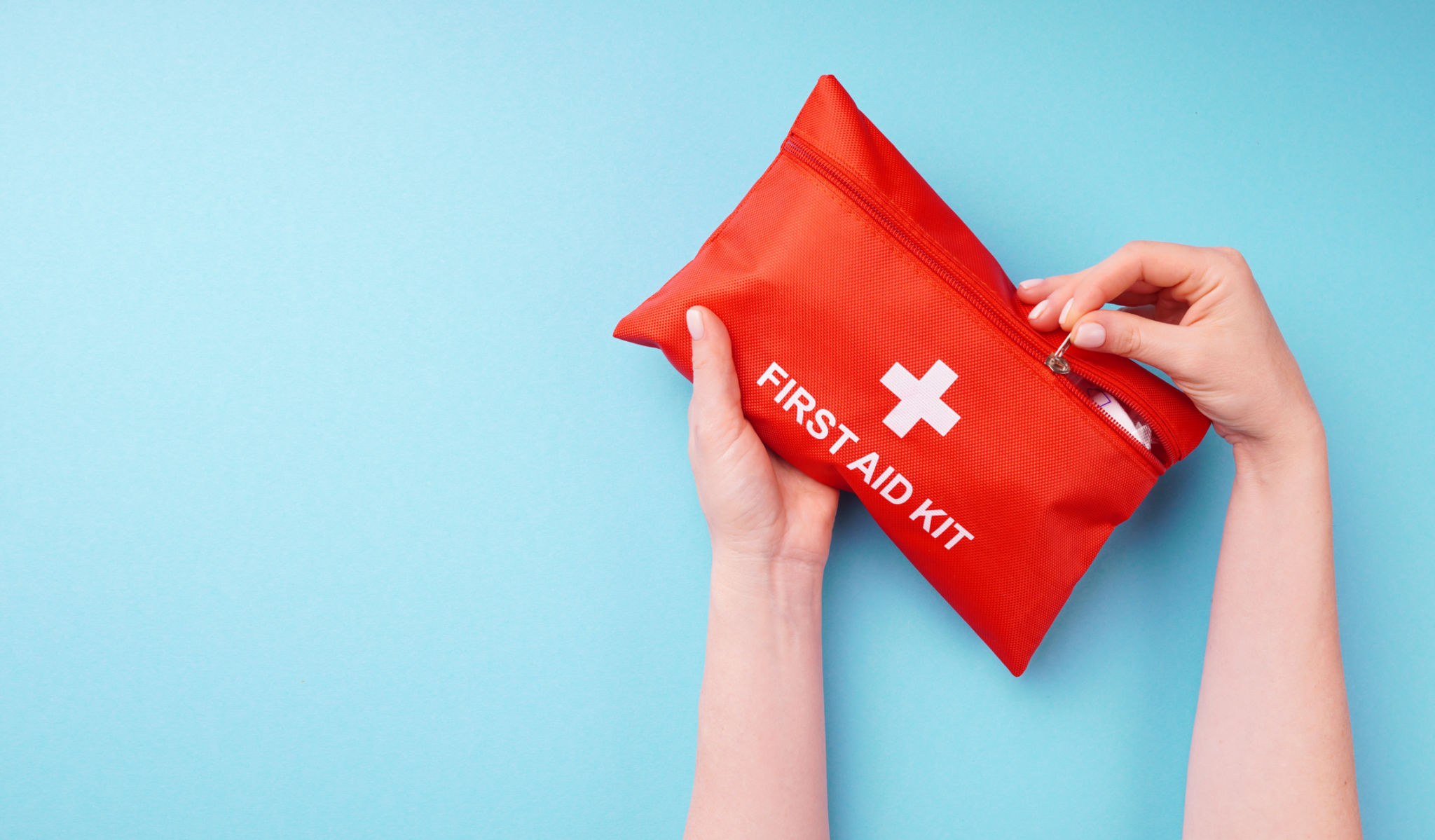Monsoon-Proof Your Home: Essential Tips for Homeowners in the NCR Region
Understanding the Monsoon Impact on Your Home
The monsoon season in the NCR region brings much-needed relief from the scorching summer heat, but it also poses challenges for homeowners. The heavy rains can lead to water seepage, mold growth, and structural damage if your home isn't properly prepared. To ensure your home withstands the wet season, it’s essential to take some precautionary measures.
Monsoon-proofing your home not only protects your property but also ensures the safety and comfort of your family. Implementing a few strategic steps can help you navigate through this season with minimal hassle.

Inspect and Repair Roofing
Your roof is your home's first line of defense against rain. Before the monsoon sets in, inspect your roof for any signs of damage such as cracks, broken shingles, or loose tiles. Address these issues immediately to prevent leakage that could lead to further damage.
If you're unsure about the condition of your roof, consider hiring a professional for a detailed inspection. Regular maintenance will extend the life of your roof and protect your home from water intrusion during heavy rains.
Ensure Proper Drainage
Effective drainage is crucial to prevent water accumulation around the foundation of your home. Ensure that gutters and downspouts are clean and free from debris. This will allow rainwater to flow freely and away from your house, reducing the risk of water damage.
Installing gutter guards can also prevent leaves and other debris from blocking the drainage system. Additionally, check that the soil around your home slopes away from the foundation to direct water flow away from your property.

Seal Windows and Doors
Windows and doors are common entry points for water during heavy rains. Inspect these areas for any gaps or cracks that may allow water to seep in. Use weather-stripping or caulking to seal these gaps effectively.
For added protection, consider installing storm windows or using plastic sheeting as a temporary barrier during the monsoon season. These measures will not only keep water out but also help in maintaining indoor temperature and energy efficiency.
Protect Interiors from Dampness
Mold and mildew thrive in damp environments, which are common during the monsoon. To protect your interiors, use dehumidifiers to reduce moisture levels inside your home. Ensure that ventilation is adequate by using exhaust fans in kitchens and bathrooms.
Keep an eye out for any signs of mold growth, such as a musty smell or discoloration on walls and ceilings. Address these issues promptly to maintain a healthy living environment.

Secure Outdoor Areas
Your outdoor spaces are also vulnerable during heavy rains. Secure any loose items like garden furniture, potted plants, and decorative pieces that could be damaged or cause harm during strong winds.
If you have large trees near your home, consider trimming branches that are close to windows or power lines. This precaution can prevent potential damage from falling branches during storms.
Prepare for Emergencies
It's always wise to prepare for unexpected circumstances during the monsoon. Keep an emergency kit ready with essentials such as flashlights, batteries, first-aid supplies, and non-perishable food items.
Ensure that you have a list of emergency contact numbers handy, including those of local repair services and government agencies that can assist during extreme weather conditions.

Conclusion: Stay Vigilant and Prepared
By taking proactive measures to monsoon-proof your home, you can enjoy the rainy season without worry. Regular maintenance and timely repairs are key to safeguarding your property against potential damage caused by heavy rains.
Remember, staying vigilant and prepared not only protects your investment but also ensures a safe and comfortable living environment for you and your loved ones throughout the monsoon season.
